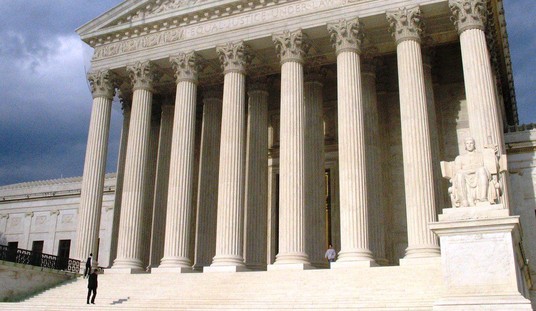From the very moment people started pushing red flag laws, it was fairly obvious how things would go. It’s extremely difficult to quantify what didn’t happen–it can be estimated, but it’s extremely hard and there’s likely to be questions–so people were going to cite how many times the law was used to justify its existence.
Time and time again, we get red flag law statistics that really boil down how many times did a judge decide to err on the side of caution and issue an order.
That’s literally all those numbers mean.
As bad as that is, though, many red flag orders actually are issued as a matter of last resort. Families fearful of what their loved one might do will use whatever they can. While there’s no doubt a lot of people who use them to punish others, a lot of them are probably based on genuine concern.
In New York, though, things are different. The state police are required to seek such orders at every opportunity, which is why numbers involving red flag orders being issued are less than useless.
In New York, the results of the experiment have been dramatic. Last year, the state’s civil court judges approved more than 4,300 final orders under the law, up from 222 in 2021. At least 1,800 guns were removed by the state police and local law enforcement agencies in 2023.
New York’s unique approach was driven by the nation’s rising gun deaths. After the massacre at a Buffalo supermarket in 2022, New York strengthened its red-flag law in a manner unlike any other state, making it a requirement rather than an option for law enforcement authorities to pursue such orders.
Last year, the law was used to respond to an array of possible dangers, from suicide to mass violence: a student who brought a gun to school and allegedly talked about shooting a teacher; a teenager who police said brandished a gun on a school bus; a man who threatened to shoot up a supermarket with his father’s gun; a woman experiencing delusions who brought a shotgun to a gas station.
I’m just going to point out that all of these are criminal offenses. Those perpetrating them should have been arrested, and generally were, which goes far beyond red flag laws.
What’s not provided are the examples that are on the less obvious and extreme end of the spectrum. Somehow, I don’t think the Washington Post was really interested in those.
Research has shown that such laws are associated with a decrease in the rate of firearm suicides, which account for more than half of the nation’s gun deaths. In Connecticut — the first state to pass a red-flag law — researchers estimated that one suicide was averted for every 10 or 11 gun removals. The laws have also been used hundreds of times in cases of people threatening mass shootings, a recent study found.
And yet, red flag laws are almost universally sold as a way to prevent mass shootings, which there’s no evidence they prevent.
The problem here, though, is that even if it prevents suicides–and all these studies show is that they prevent gun suicides, not suicides in general. Taking someone’s gun doesn’t mean they don’t kill themselves. It may just mean they do it another way–there are other ways to address that issue.
And these seizures under red flag laws aren’t being touted as anti-suicide measures. They never have been except as an extreme defense of the laws after they’ve been foisted onto the public.
But they cite the numbers of seizures as if they mean something in and of themselves. They don’t, especially since New York is essentially using them rather indiscriminately.
See, citing 4,300 red flag orders sounds really impressive, but what we don’t know is how many of them were legitimately issued for troubled individuals and how many of them were issued because of someone’s unfounded concerns.
The problem with red flag laws are many, but part of it is the lack of due process. Guns are taken from someone without the judge even talking to them, then when they finally get their hearing, those folks who may not have the resources to hire an attorney of their own are left having to try to defend themselves.
It’s one thing to expect that over a traffic ticket. It’s quite another to expect them to do so over a fundamental, constitutionally protected right.
So I’m not impressed with 4,300 red flag orders. I don’t see it as a good thing in any way, shape, or form. What’s more, since all we know is that they were issued, not why they were issued, the statistic is meaningless.
What we’re missing is the context. We don’t know the specifics of each case, obviously, but because we’ve seen the shady way some people have used these laws, we can’t even assume most are legitimate and those that aren’t were at least good-faith misunderstandings.
So the Washington Post can crow about New York, but just know how little any of this means.








Join the conversation as a VIP Member